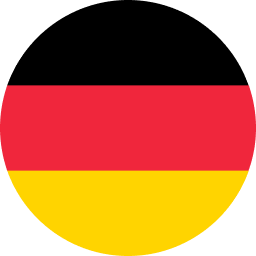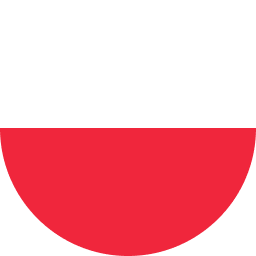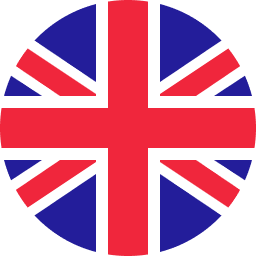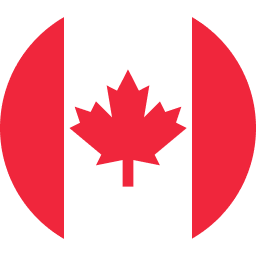VAT Rate in the UK

What is a VAT rate?
VAT (value added tax) is a type of consumption tax. The UK government applies it on the sale of goods and services.
VAT isn’t paid by businesses — instead, it’s charged to consumers in the price of goods, and collected by businesses, making it an indirect tax. Businesses are then responsible for reporting it to the government. In the UK, it must be reported to the HMRC (Her Majesty’s Revenue & Customs).

How much is VAT in the UK?
Different VAT rates apply to different goods and services.
| VAT Rate | What the rate applies to |
|---|---|
Standard rate - 20% | The standard VAT rate is 20%. It applies to most goods and services. |
Reduced rate - 5% | The reduced VAT rate is 5% — this applies to goods and services like some health products, fuel, heating and car seats for children. |
Zero rate - 0% | Zero-rated goods and services include most food, books and clothes for children. The sale of items in this category must still be reported on your VAT return, even though no VAT is charged. |
Temporary UK VAT rate reduction for the hospitality & tourism industry.
As a result of the coronavirus pandemic and its subsequent impact on the hospitality and tourism industry, the UK government has introduced a temporary VAT rate reduction for businesses in those sectors.
The standard VAT rate of 20% will be cut to 5% for hospitality and tourism businesses from 15th July 2020 to 31st March 2021 to help the industry recover.
If you’re registered for VAT and normally charge the standard UK VAT rate on products and services such as food and beverages served on your premises, or holiday accommodation, this new 5% VAT rate applies to you.

VAT for businesses.
If you’re running a business, there are a few things you should know about VAT.
Importing goods from abroad? Find a cheaper alternative.
If you are interested in how to calculate VAT – Calculate your VAT here.

Wise is the cheaper way to send money abroad.
Exporting or importing goods from abroad? With Wise Business, you can get a better deal for paying invoices and buying goods overseas. We’ll always give you the same rate you see on Google, combined with our low, upfront fee — so you’ll never have to worry about getting an unfair exchange rate.
And with the Wise Business debit card, you can spend like a local, wherever you are..
Learn more about Wise Business.
Sign up now for free, and do business without borders.

What is the VAT threshold?
The VAT registration threshold for the 2020/21 tax year is £85,000. That means that if your business’s turnover for any rolling 12 month period exceeds £85,000, you’ll need to register for VAT. This doesn’t have to be a calendar year — the 12 month period could run from the start of October to the end of September, for instance.
The threshold applies to the taxable turnover of your business, not the profit. Taxable turnover is the total value of everything that you sell (that’s liable for VAT), including zero-rated products and services. Items that are VAT exempt are not included.
If you think it might benefit your business, you can register for VAT even if your turnover is below the VAT threshold.

How does VAT work?
VAT is collected at each point in the production of goods — every time value is added and a sale is made. This is what gives VAT its name — value-added tax. It’s designed to be paid by the consumer at the end. Here’s an example:
- A supplier sells a badminton racket to a shop for £120. They owe £20 VAT to HMRC.
- The shop pays £120 but can claim the £20 back from HMRC, so the shop doesn’t pay the VAT.
- The shop sells the racket to the customer for £220. The VAT is £44 which the customer, as the end-user, pays in full to the shop.
- Together with the reclaimable £20 VAT, the shop will end up paying £24 to HMRC.

Reclaim VAT.
If your business is VAT registered, you’ll be able to reclaim the VAT paid on purchases for business use. This is called ‘input tax’. The VAT amount that you have collected on the sale of your products and services is called ‘output tax’.
HMRC will deduct the ‘input tax’ from the ‘output tax’ of a certain period, and you’ll need to pay the difference. If you’ve paid more VAT than you’ve collected, you should be eligible for a repayment from HMRC.
To submit your claim, you’ll have to keep all the invoices you receive. Another thing to keep in mind is that the invoices must have been issued by another VAT-registered business.

Import and Export VAT.
VAT on Imports
When importing goods into the UK from the EU, you're generally required to pay UK VAT. If you’re not registered for VAT, you'll be charged VAT at the local rate of the country from which you purchased the goods.
When importing goods into the UK from non-EU countries, VAT is usually charged at the same rate as if you had purchased them in the UK.
VAT on Exports
When exporting goods to the EU, charging export VAT depends on whether your customer is VAT registered and whether you’re exporting goods or services. It is best to check country-specific regulations.
Export VAT generally doesn’t apply to exporting to non-EU countries - you can usually zero-rate these goods and services.
When importing or exporting goods from the UK, make sure you’re getting the best exchange rates - with Wise Business, you’ll get the same rate you see on Google, no hidden fees.
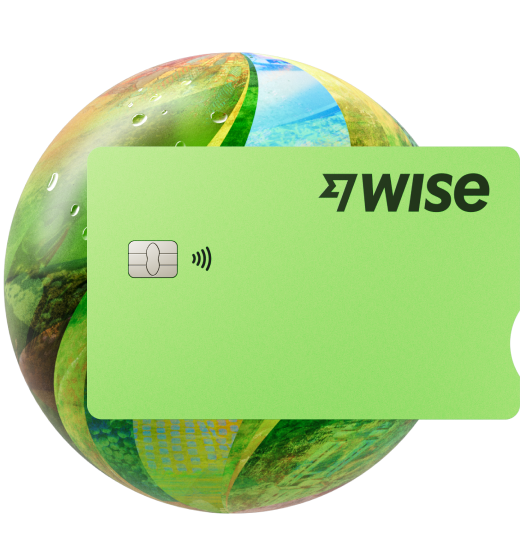
Tax-free shopping - VAT for travellers.
So, you’ve done some shopping abroad, and paid a healthy amount of money for VAT. The good thing is you can often get the amount refunded once you’ve returned home.
For example, European Union residents can get a VAT refund on goods bought in Singapore from a retailer that offers tax-free shopping.
The conditions for a VAT refund are different in every country and should be checked according to your destination — there’s usually a minimum purchase amount, and some exceptions to be considered.
If you’re planning on visiting any of these countries, have a look at their rules for tax-free shopping. And if you’d like to save even more money, don’t miss out on the Wise travel money card, and spend in shops or online at the real exchange rate.

VAT Refund.
When you’ve visited the UK, you’ll be able to get a VAT refund on items bought if:
- You live outside the EU and are going back home
- You’re an EU resident and are leaving the EU for 12 months or more
- You work or study in the UK but you’re not an EU resident and you’re leaving the EU for 12 months or more
There are multiple ways of receiving the refund — either get paid immediately at a refund booth at the airport or send the approved form to a refund company.

How to get a VAT refund in 3 simple steps?

Application form
Get a Tax Refund Application Form (VAT 407) from the retailer. You might also be asked to show your passport to check that you’re eligible.

Customs check
At customs, present your passport, VAT form(s), VAT invoice(s) and the tax-free goods.

Refund approved
If all the criteria is met, customs will approve your form. You’ll get a signed form that allows you to receive the refund.

